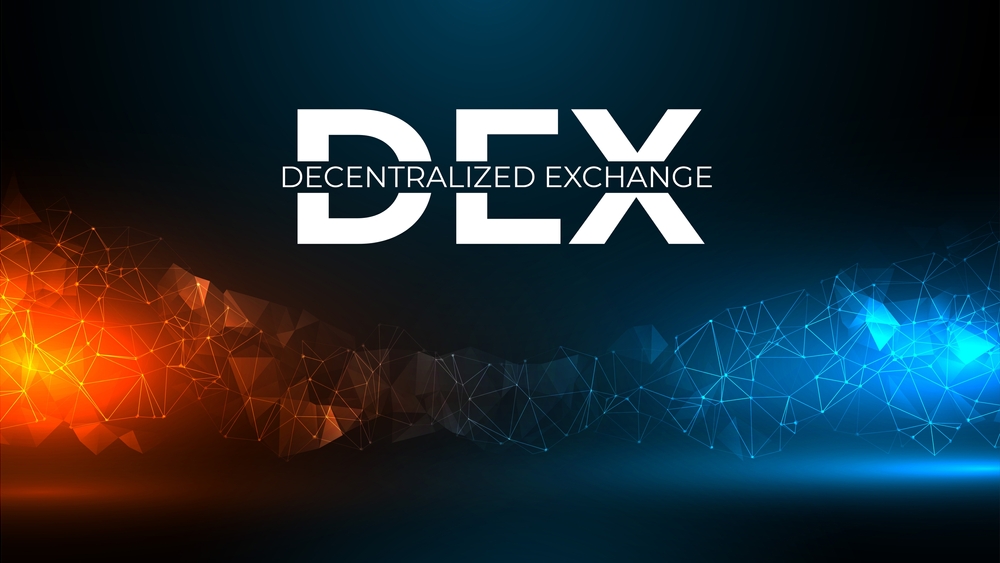The growing number of crypto traders has caused the emergence of multiple decentralized exchanges (DEXes), allowing users to place bets on derivatives or spots. GMX is one of the most popular DEXes in the market. But what makes it unique? This guide explores the various GMX features that enable the platform to offer users an excellent trading experience. We will also show you how it works.
GMX Defined
GMX is a decentralized trading platform that runs on the Arbitrum and Avalanche blockchains after migrating from the BNB Smart Chain. The DEX began its operations in October 2021.
Data from DefiLlama indicates that the TVL (total value locked) on GMX is approximately $1.75 billion, with Avalanche accounting for $126 million of the figure, while Arbitrum accounts for $1.63 billion.
GMX Team
The developers behind this decentralized exchange are not known to the public. However, people with access to GMX’s multi-sig wallet are popular crypto gurus. They include Benjamin Simon, the Stealth Crypto co-founder and Krunal Amin, the UniDex founder.
GMX is governed through a Decentralized Autonomous Organization (DAO), which currently has over 70,000 members.
Who Backs GMX?
GMX has never organized a funding round since going live. It only conducted an ICO (Initial Coin Offering) of its native token known as GMX in 2021, raising $1.86 million in USDC.
There are several companies that are supporting the project by buying and holding GMX in large quantities. Among them is Blocktower, which, a few months ago, used over 2,300 ETH to buy the tokens. The crypto company has also staked more than 320,000 GMX tokens. Notably, the biggest individual holder of GMX is BitMEX’s founder, Arthur Hayer, who holds in excess of 210,000 tokens.
GMX Roadmap
An updated version of the GMX roadmap was published at the end of May last year. According to the details on the document, the DEX developers plan to deploy the project on more blockchains, including Base, a recently launched Ethereum scaling solution.
Moreover, the GMX team is looking to create an enhanced AMM (automated market maker) that will transfer control over all pool’s functions to pool creators.
How GMX Works
GMX is not just a platform for trading cryptocurrencies. The DEX also allows users to stake their GMX tokens and become liquidity providers in exchange for good rewards.
Here are the components of GMX:
Liquidity Providers and the Pool
GMX has an asset pool (GLP pool) that holds multiple assets to facilitate easy token swapping on the protocol. As of this writing, the assets held in the GLP pool include LINK, USDT, FRAX, ETH, BTC, and USDC. Note that this pool is owned by the GMX community.
On the other hand, liquidity providers (LPs) keep the GLP pool liquid by locking their assets. Once they lock any of the supported assets, they receive GLP tokens to represent their locked crypto. Those GLP tokens are burned immediately after an LP unlocks assets.
Liquidity providers earn 65% of trading fees.
GMX Staking
GMX users can also generate passive income by staking their GMX tokens. The longer you keep your tokens staked, the higher the returns.
Traders
Anyone trading on GMX gets to enjoy cheap swapping fees. Moreover, the liquid GLP pool allows traders to quickly open and close positions., reducing the risks that come with slippages.
Leverage trader can also borrow funds at low fees to boost their trading positions.
The GMX Token
Tokenomics
The GMX token’s maximum supply is capped at 13.24 million. However, this cap can be adjusted with DAO’s approval. As of this writing, there are 8.9 million GMX tokens in circulation, with a market cap of $321 million, according to data from CoinGecko.
Here is how GMX developers allocated the token:
Token sale: 45% or about 6 million tokens.
Staking rewards: 25% or roughly 3 million tokens.
GMX contributors: 5% or 350,000 tokens.
Floor price fund: 15% or 2 million tokens.
Community developers: 10% or approximately 1.2 million tokens.
Conclusion
GMX is already giving established decentralized exchanges a run for their money due to its innovative way of operating. With no problems reported so far regarding its liquidity, the DEX is likely to attract more traders in the future.
